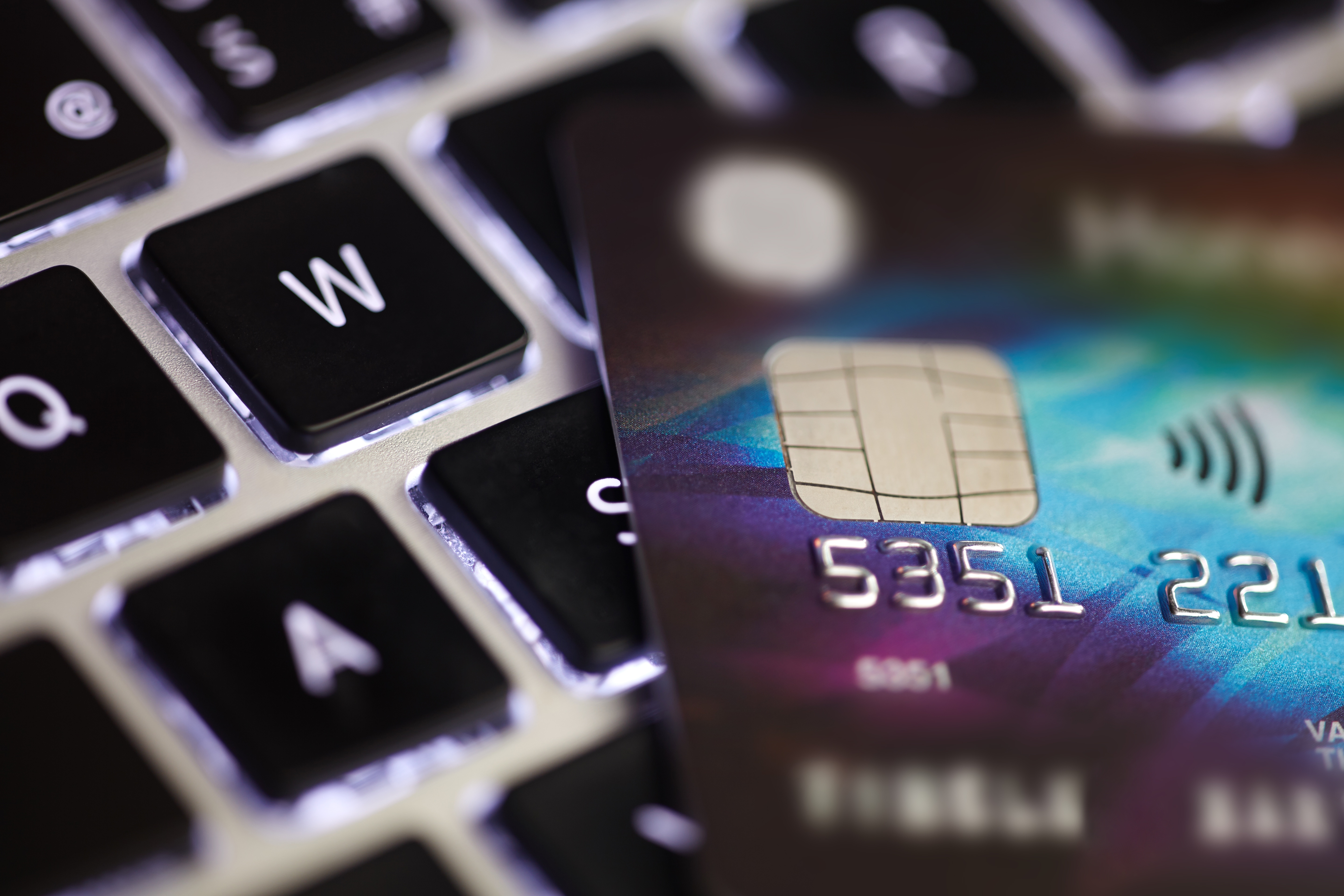 It is no secret that with the many changes facing the payments industry, consumers are growing confused and irritated. When it comes to mobile wallets for example, last year proved to be a year where big promise was projected for the likes of Apple Pay, yet adoption numbers are now reported to be lagging, coupled with the fact that 47% of users had experienced unexplained failed transactions. But the biggest source of frustration in 2016 for payment technologies is proving to be EMV.
It is no secret that with the many changes facing the payments industry, consumers are growing confused and irritated. When it comes to mobile wallets for example, last year proved to be a year where big promise was projected for the likes of Apple Pay, yet adoption numbers are now reported to be lagging, coupled with the fact that 47% of users had experienced unexplained failed transactions. But the biggest source of frustration in 2016 for payment technologies is proving to be EMV.
EMV (Europay®, MasterCard®, and Visa®) or “chip” is a standard for smart devices and terminals to effectively utilize a communication chip in payment cards. Credit card networks have pushed for EMV adoption through merchants, requiring an upgraded Point of Sale (POS) terminal and shifting the liabilities of who pays when a chargeback occurs. A merchant with an EMV terminal is no longer liable for any chargebacks.
EMV has been in use in Europe and Canada for years and their experience has proven the security functions work to reduce face-to-face (card present) transaction fraud. Have you ever presented a non-chip card to a European merchant? It's an amusing experience to say the least. In a world where security breaches of card data have become the norm, it is about time the US has adopted the technology.
The confusion regarding EMV by consumers - your members - is two-fold. For those that have not received a chip card, they no doubt are wondering when and if they will be getting one. For those who have a chip card in hand, however, the confusion grows when they get to a checkout lane. As an article last week in the Credit Union Times pointed out:
There is a wide spectrum of retailer engagement in EMV...including merchants that consciously made the decision not to upgrade. Other businesses were very proactive in getting their systems upgraded before the liability shift....
In the middle of the spectrum are businesses still in transition. These businesses may have invested in the hardware but not the software, so while their terminals are capable of supporting EMV, they opted not to activate the technology.
As the article concludes, the migration has mainly led to member confusion. The average consumer does not understand the reasons or the technology behind EMV. Rather than seeing this as an obstacle, credit unions can embrace this as an opportunity to educate members and set themselves apart from banks.
It is imperative for CU's to educate their members as they have a significant advantage over banks due to the element of trust. Credit union members display a greater level of trust in their financial institutions than bank members, and this is key to credit unions gaining market share. Displaying a willingness to understand and educate members on the dynamic world of payment cards - from the sexy topic of mobile wallets to the more mundane yet crucial EMV - is your opportunity to gain even more trust.
Trust is the key in any relationship, business or personal, and it's not any different with a credit union and its members. In turn, CU executives should not only trust but rely on their core processing system to seamlessly enable new payment technology features. As card regulations change, your core technology must be ready to change with it, and in the case of EMV, take the steps to be certified with every major card processor. Your core processor provider should also be viewed as a source for education, offering training and resources and demonstrating a comprehensive knowledge on topics, such as card management and card security, so you can in turn be the EMV expert to your members.
 It is no secret that with the many changes facing the payments industry, consumers are growing confused and irritated. When it comes to mobile wallets for example, last year proved to be a year where big promise was projected for the likes of Apple Pay, yet adoption numbers are now reported to be lagging, coupled with the fact that 47% of users had experienced unexplained failed transactions. But the biggest source of frustration in 2016 for payment technologies is proving to be EMV.
It is no secret that with the many changes facing the payments industry, consumers are growing confused and irritated. When it comes to mobile wallets for example, last year proved to be a year where big promise was projected for the likes of Apple Pay, yet adoption numbers are now reported to be lagging, coupled with the fact that 47% of users had experienced unexplained failed transactions. But the biggest source of frustration in 2016 for payment technologies is proving to be EMV.


